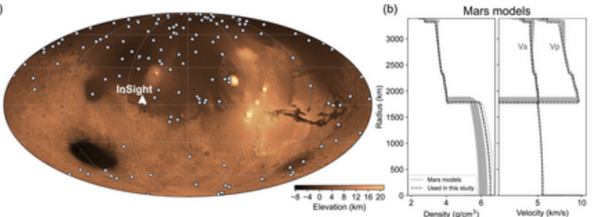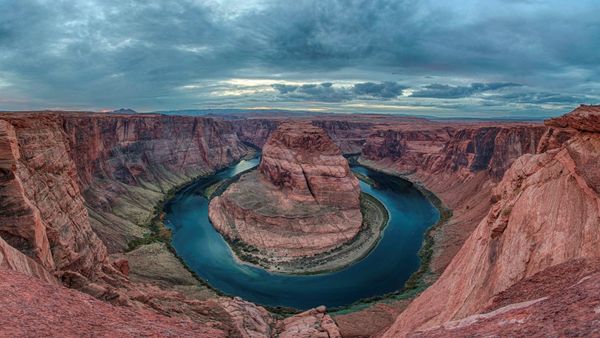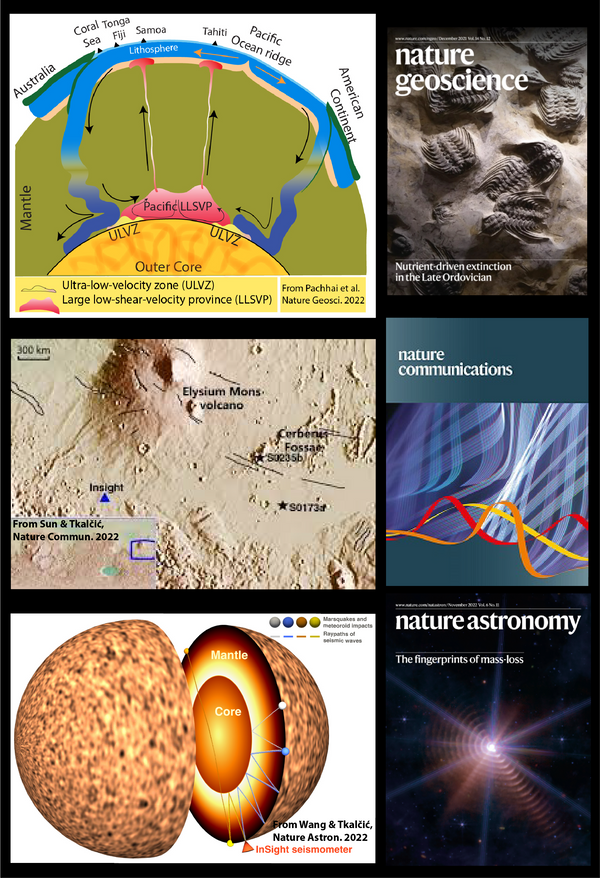Rocky icebergs and deep anchors – new research on how planetary forces shape the Earth’s surface
The authors argue that computation of topography indicates that isostasy needs to consider not just changes in the crustal thickness as part of the buoyancy balance but also the buoyancy of the sub-continental lithospheric mantle.

The original research was published in Geochemistry, Geophysics, Geosystems by Lamb and his colleagues

Lamb, Simon, James D. P. Moore, Marta Perez‐Gussinye, and Tim Stern. “Global Whole Lithosphere Isostasy: Implications for Surface Elevations, Structure, Strength and Densities of the Continental Lithosphere.” Geochemistry, Geophysics, Geosystems n/a, no. n/a (n.d.): e2020GC009150. https://doi.org/10.1029/2020GC009150.
Reproducibility Challenge
The stripy / litho1pt0 python packages have all of the litho 1.0 and crust 1.0 data bundled with them and some simple examples to get you started, so anybody can test this idea with a slightly different dataset.
Let us know what you find if you do !




